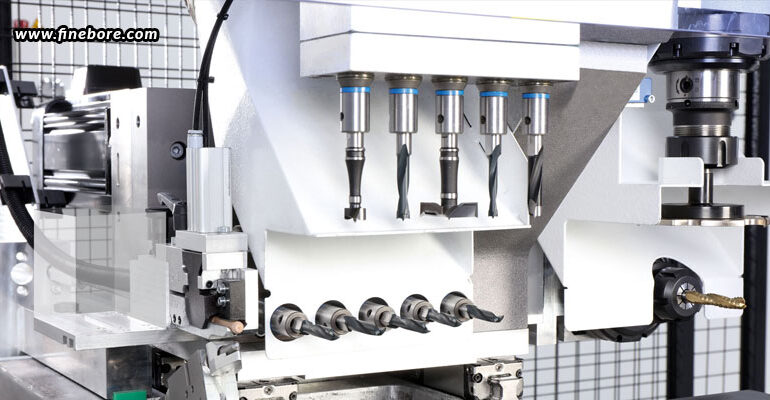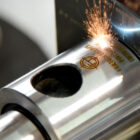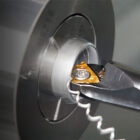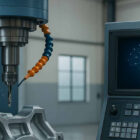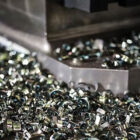It is typical in manufacturing for materials and parts to undergo many cutting procedures in order to fulfil the exact requirements of the product. This manufacturing process also involves making holes in the material. While processes like drilling produce holes, boring is best for holes with different diameters, precise positioning needs, and precision requirements. There are two distinct steps in the industrial boring process. The first is line boring, which involves making exact surface holes through a single piece of the material. The second method involves back boring, which enlarges the hole from both ends of the material.
Boring goals
The three primary goals of boring include sizing, concentricity, and straightness, which involves enlarging pre-drilled holes into various sizes under the guidance and control of drilling bit sizes, producing concentric holes within predetermined external sizes while adhering to limits, and increasing precision by straightening holes that have previously been drilled.
Boring machine types
Because the direction of the boring determines how and where surface holes are created and expanded, there are many different shapes, designs, and operational capabilities of boring machines. Vertical, horizontal, and jig boring machines are among the varieties. Each boring machine’s design is tailored to meet certain operational needs. Industrial boring uses a variety of techniques, including optical gauging-measuring, mechanical gauging, electrical gauging, and lead screw hole finding.
Complex boring processes
When complex machined parts and materials are involved, boring can become more complicated. The following boring procedures are employed for more complicated projects.
Blind bottom boring
Blind bottom drilling is required when the bottom or surface of the hole prevents the drill or tool from passing through the component. A professional machinist is required to run this cutting-edge machinery in order to attain precise tolerances and finishes. Blind bottom bores can have circular or tapered sides with flat or flush bottoms. It is ideal to have knowledge of various metals and alloys for precise blind bottom boring.
Step boring
Step boring is a specialty boring procedure involving multiple diameters or features. Inserts for step boring tools are positioned at various heights and diameters. Within precise finish specifications and tolerances, machinists can increase existing bores or add features.
Chamfering
Chamfers, or bevelled edges, are produced by specially designed precision machinery in a range of metals and metal alloys. While such machinery has the ability to round or taper edges and machine at transition points, chamfers are typically cut at 45-degree angles.
Pattern drilling
Pattern drilling is used for complicated tasks that require the removal of material through a series of machined holes with different sizes, depths, and physical orientations. This cutting-edge boring procedure is carried out in a meticulously monitored manufacturing facility.
So, what’s your boring goal and type? What tools do you need? Whatever your requirements, you can always rely on the products and services of FineTech Toolings. We’re the boring tools suppliers in Bangalore, who believe in the three principles of precision, passion, and innovation. Precision is a culture at Finetech Toolings, where every product is manufactured to the exact specification, and is stringently inspected and calibrated. We ensure quality at every stage of manufacturing so that our products give unmatched precision over a long period of time. No matter what you’re looking for – boring bars, boring heads, complete boring kits, or other tools, FineTech Toolings should be your one-stop destination!

